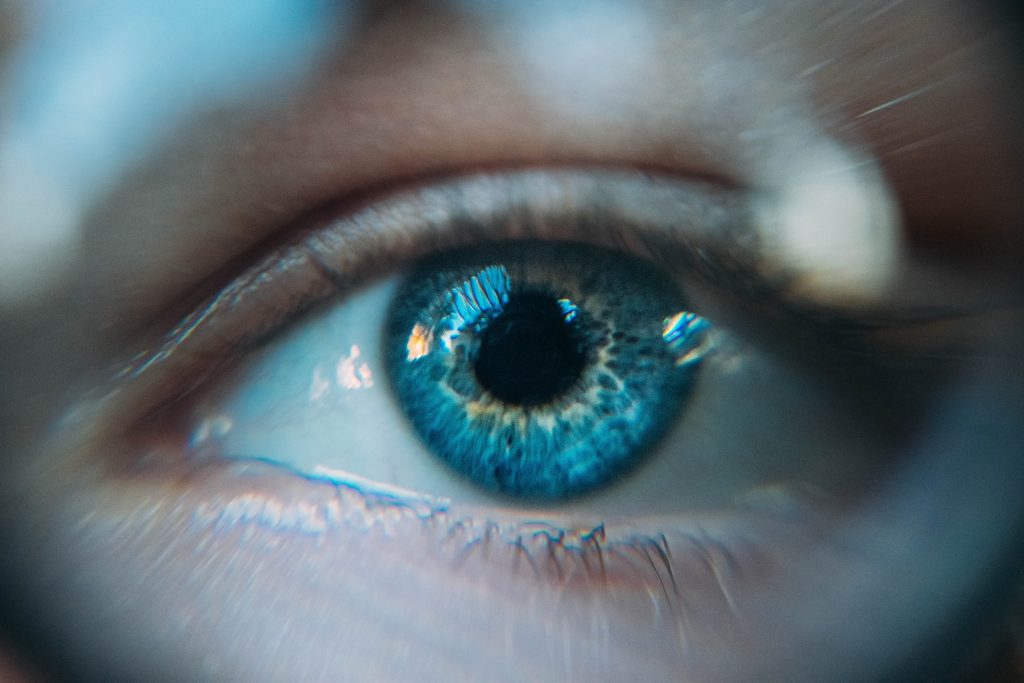
A Chinese study has found that the ability to sense nervous signals such as heartbeat varies with age, peaking in young adulthood, but does not seem to be associated with autism.
Interoception is the ability to process and integrate internal signals originating from one’s body, such as heartbeats and breathing patterns. This ability is important for maintaining homeostasis. Recent findings have suggested that autism spectrum disorders are associated with a wide range of sensory integration impairments including interoceptive accuracy.
However, it is still not clear whether individuals with subclinical features of autism, which only moderately impact daily life, also exhibit similar impairments in interoceptive accuracy. It is also not clear how interoceptive ability and its association with autistic traits varies with age.
In order to address this issue, Dr Raymond Chan’s team from the Institute of Psychology of the Chinese Academy of Sciences (CAS) has developed an innovative paradigm involving eye-tracking measures to examine the multidimensional interoception and autistic traits in different age groups.
In so doing, they recruited 114 healthy university students aged 19–22 and explored the correlations among autistic traits and interoceptive accuracy using an “Eye-tracking Interoceptive Accuracy Task” (EIAT), which presents two bouncing shapes and requires participants to look at the one whiches bounces in time with their heartbeat.
Since this task requires no verbal report or button-pressing, it enables the exploration of interoceptive accuracy in preschool children and individuals with psychiatric disorders or speech impairments.
However, while autistic traits correlated significantly with the ability to describe and express emotion (alexithymia) but not with the different dimensions of interoception such as interoceptive accuracy (performance of interoceptive ability on behavioural tests), interoceptive sensibility (subjective sensitivity to internal sensations on self-report questionnaires) and interoceptive awareness (personal insight into interoceptive aptitude).
They then recruited 52 preschool children aged four to six, 50 adolescents aged 12–16 and 50 adults aged 23–54 to specifically examine the relationship of autistic traits and interoceptive accuracy across these three age groups. The researchers found that interoceptive accuracy evolves from childhood to early adulthood, and then declines with age. The highest average accuracy was seen in 12-16 year olds. The dataset showed that the developmental trajectory of interoceptive accuracy has a reverted U-shape trend peaking around early adulthood.
The findings suggest that interoceptive accuracy significantly differs between typically-developing preschool children, adolescents and adults. The study also highlights the need for future study into preschool children with suspected autism spectrum disorders.
Source: Medical Xpress

